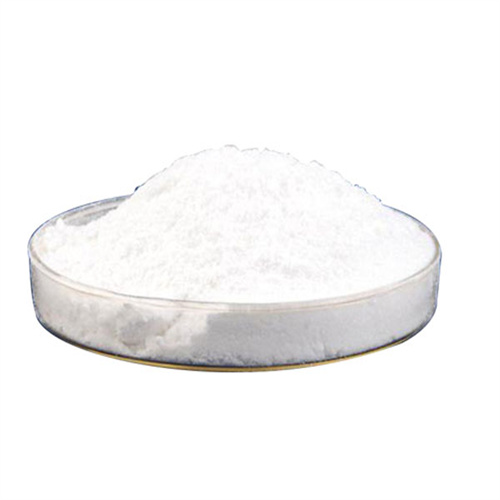In the ever-evolving landscape of rubber products, manufacturers often encounter various challenges that can hinder productivity and compromise product quality. This article delves into the common issues faced during production and presents viable solutions for improvement.
Issues such as inconsistent material properties, curing complications, and contamination can lead to defects in rubber products. For instance, the use of Diphenylamine, a commonly utilized antioxidant, may pose risks if not integrated correctly into the formulation.
.jpg)
Moreover, improper usage of N-sulfurization accelerator DCBS can lead to inadequate vulcanization, thereby affecting the durability of the final products.
.jpg)
To combat these challenges, manufacturers should adopt rigorous quality control measures and continuously invest in training programs for their workforce. Implementing advanced technologies such as Nonionic polyacrylamide (PAM) can significantly enhance the quality of the rubber mix.

Additionally, employing the right curing agents, such as Hexamethoxymelamine (HMMM), can ensure optimal product performance and longevity.

By acknowledging and addressing these common production issues, rubber product manufacturers can improve efficiency and quality, leading to greater customer satisfaction and enhanced market competitiveness.
